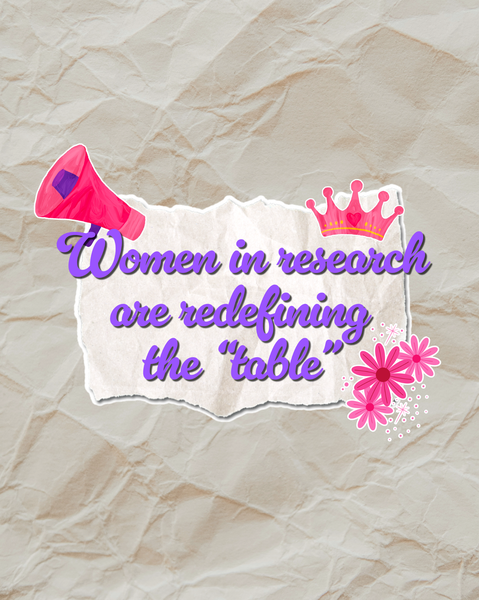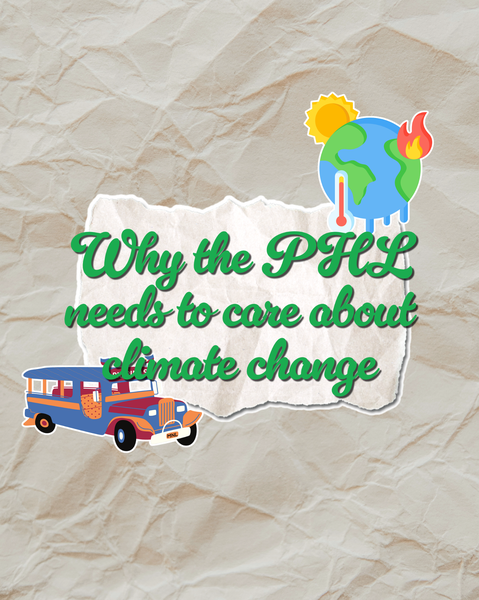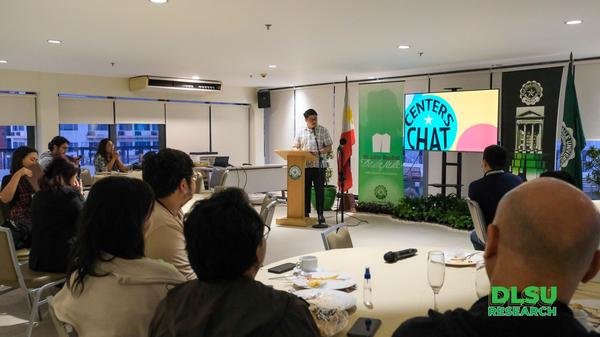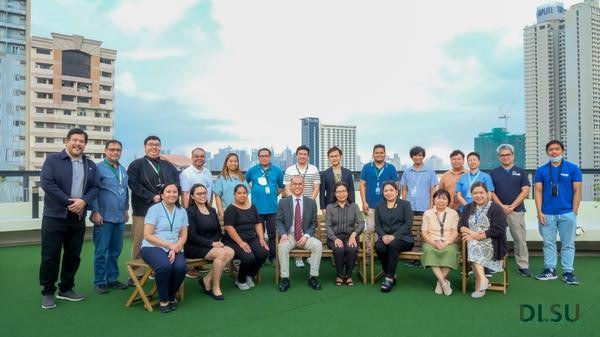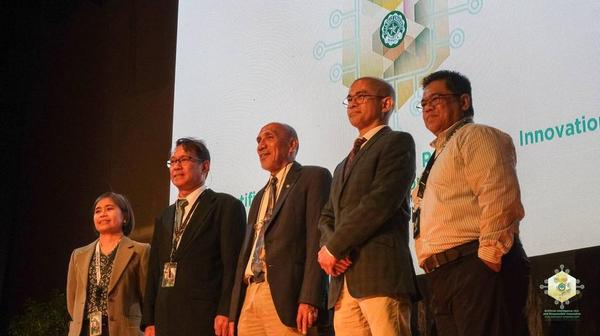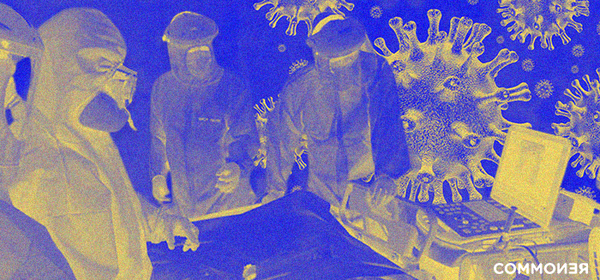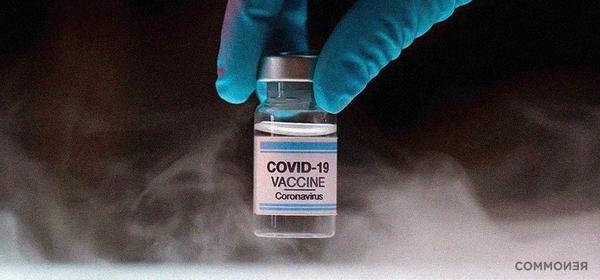
La Salle Moving Café 6 Recap Video
Napakahalaga ng panitikan sa pangangalaga ng ating kasaysayan at kultura. Kaya naman dapat lamang na pahalagahan natin ang ating mga manunulat!
Marami kaming pinag-uusapan tuwing #LaSalleMovingCafé. Mag-register sa dlsuresearch.com/LSMC-7 at sumali sa aming susunod na ganap! #ResearchAtDLSU
Marami kaming pinag-uusapan tuwing #LaSalleMovingCafé. Mag-register sa dlsuresearch.com/LSMC-7 at sumali sa aming susunod na ganap! #ResearchAtDLSU
